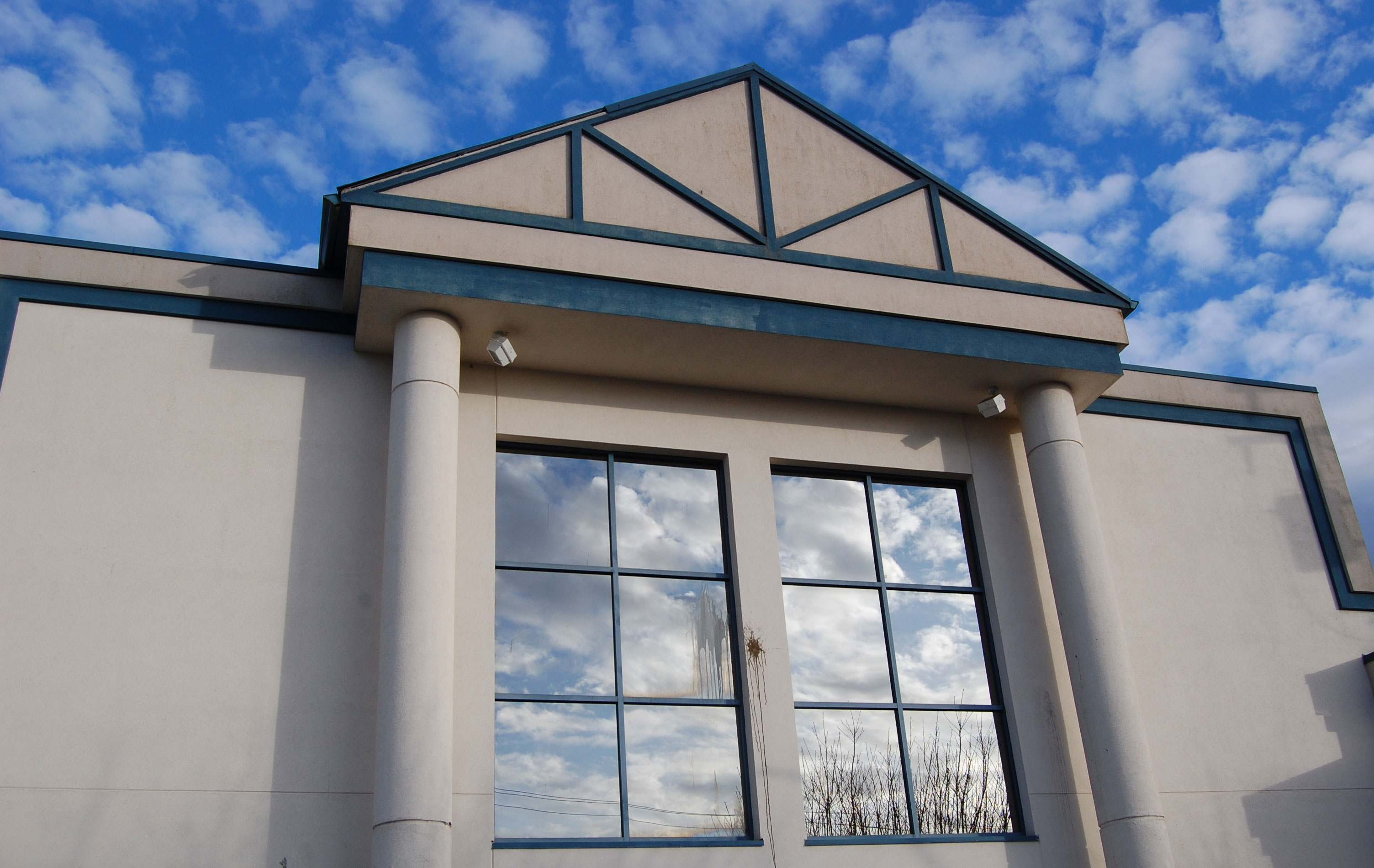By Michael Scoular (The Cascade/Photos) – Email
Print Edition: February 4, 2015
A couple years ago, as the movie exhibition industry neared the finish of its change from film reels to digital hard drives, leading many smaller theatres, unable to pay the cost, to their demise, I had an interesting conversation with the manager of a movie theatre in the Fraser Valley. He explained the technical side of the changeover, and talked about the effect openings and closures of other theatres were having on attendance. I then said that, most times, I went to the Towne Cinema in Abbotsford. “No, no, they went out of business,” he said. That wasn’t true, then. “Are they still on film? They must be close to getting out.” The Towne survived the change to digital, too.
The story of the Towne Cinema’s closure, which will happen just after midnight, when the final credits crawl finishes with a digital blink the early morning of February 8, 2015, is not one of the underdogs trodden under by an unfeeling industry. The Towne, despite its character and history, built up over its 41 years, was a chain theatre, part of the Calgary-based Landmark Cinemas company. Contrary to some reports, it was also not the first movie theatre in Abbotsford. Its closure, unfortunately, has more to do with the sway of advertisements, theatre competition, and bad timing. This is not the definite end of movies near UFV’s Abbotsford campus, but it is the end of a rare thing now, a neighbourhood theatre, and the end of a brief moment when it was the best place to watch movies for hundreds of miles around.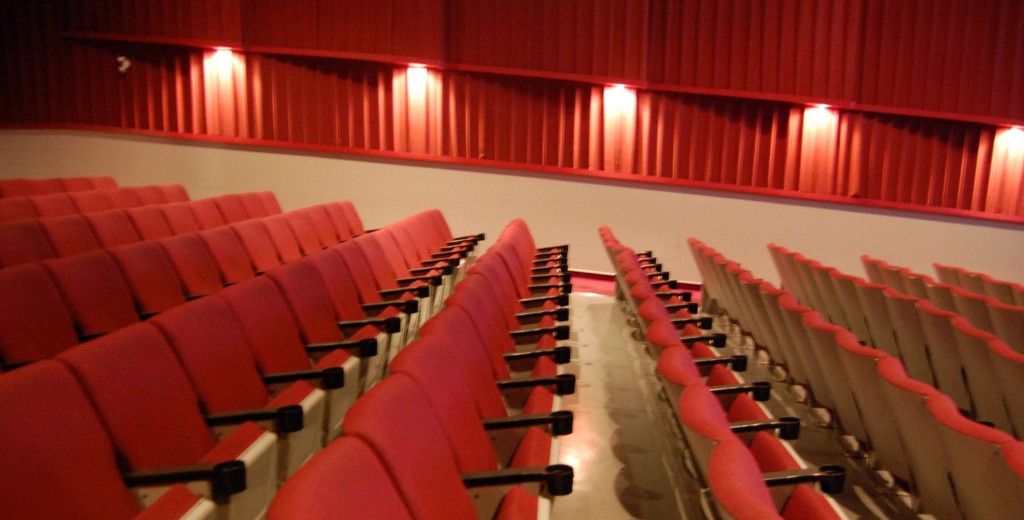
Perhaps that manager was thinking of one of the other theatres from Abbotsford’s past. The indispensable online archive of “British Columbia Theatres 1945-1953,” maintained by an “N. Roughley,” lists the Abbotsford Theatre, a 350-seat movie house that, at different points in its lifespan, was wired for sound, possibly closed at one point, and went by the alternate names of Opera House, Timms Theatre (a printing error, it seems), and the Odeon Theatre. It first appears in the Film Daily yearbook of North American theatres in 1933, but likely existed prior to that. Closer to our time was the Grand Theatre, originally a Cineplex project before they gave up on the six-auditorium plaza, selling it to become a member of the Landmark chain. It doubled as an arthouse cinema and a second-run theatre, receiving reels of more popular pictures after they’d played at the Towne. Cinema Treasures, a site that exists to catalogue the operating, closed, and demolished theatres of the past century-plus of movies, lists its tombstone as 1988-2010. A single picture shows a mixture of minor (Melinda and Melinda), foreign-language (Kung Fu Hustle), and blockbuster (XXX: State of the Union) offerings from 2004. It is now a gym, and the rental stores and restaurants that co-existed and shared its parking lot have likewise disappeared. “Pretty sure this place doesn’t exist anymore?” Roger T. has asked the void in its single Yelp review.
Film, as a marker of time, is inherently nostalgic, so the Towne, in the last days before it is gutted and left to be re-developed or demolished at some indeterminate point in the future, even without any formal farewell event from its staff or ownership, will stand as a repository of memories. The few pieces of writing, mainly Facebook comments, that have summoned markers from its past, have often dwelt on its reputation as a second-rate, disreputable, teenage-rampant hole with jittery projectors and a carpet with traces of a hundred spilled drinks in its stained-red design. So, it was a movie theatre — our movie theatre, they say.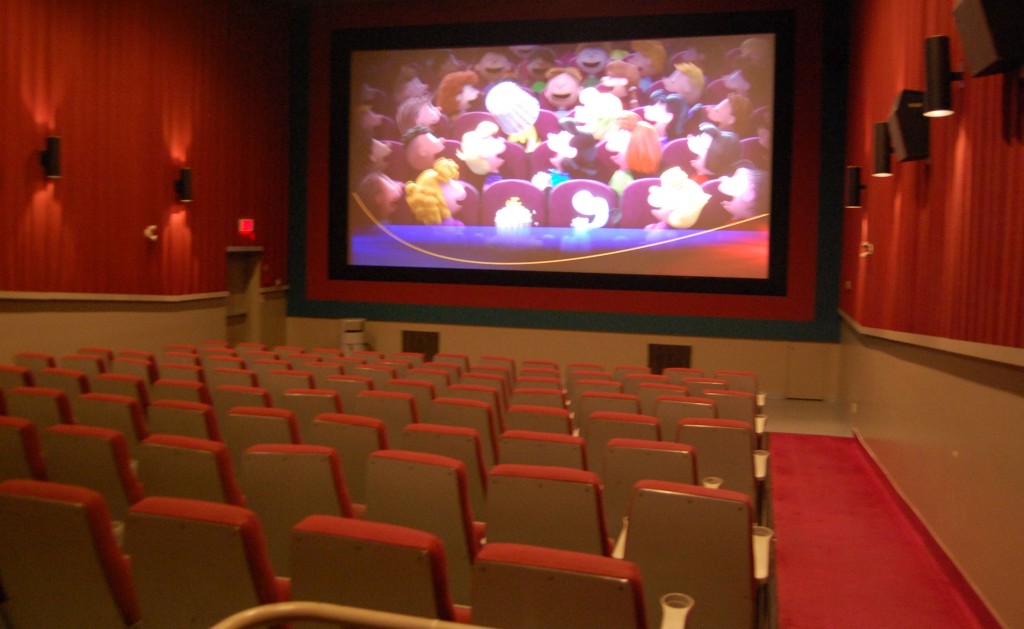
For my own part, going to the theatre was not a large part of my childhood — once a year, I’d see an animated movie — but it did leave an impression. The first, The Prince of Egypt, at the Towne, towered before me, thundering musical numbers and galloping chariots — the shock of something new. In the Abbotsford News, Roger Ebert’s syndicated reviews would run alongside theatre listings, which I would eventually deliver, then attempt to write in my own way at this paper, when I was hired by virtue of being the only applicant for online editor in the summer of 2011.
The Towne, two blocks away from UFV, was mostly known to me as a place past its heyday. The parking lot was always mostly empty, and there was little sign it had once been the rowdy site of kids sneaking into age-restricted shows, first dates, and, as suggested by its first-ever movie, Blazing Saddles, controversial choices. The walls were a little thin, allowing sound to bleed between mismatched neighbouring movies, the higher-numbered screens were also the smallest, revealing, around a bend, something more like a private screening room than a multi-acronym expense, and instead of stadium-elevated seats, the rows seemed to conform to the slope of the foundation the Towne was built on: most angled a small distance down, while some rose up at the nearest seats to the front, making the viewing experience one where you looked up, an expanse of floor separating an elevated screen.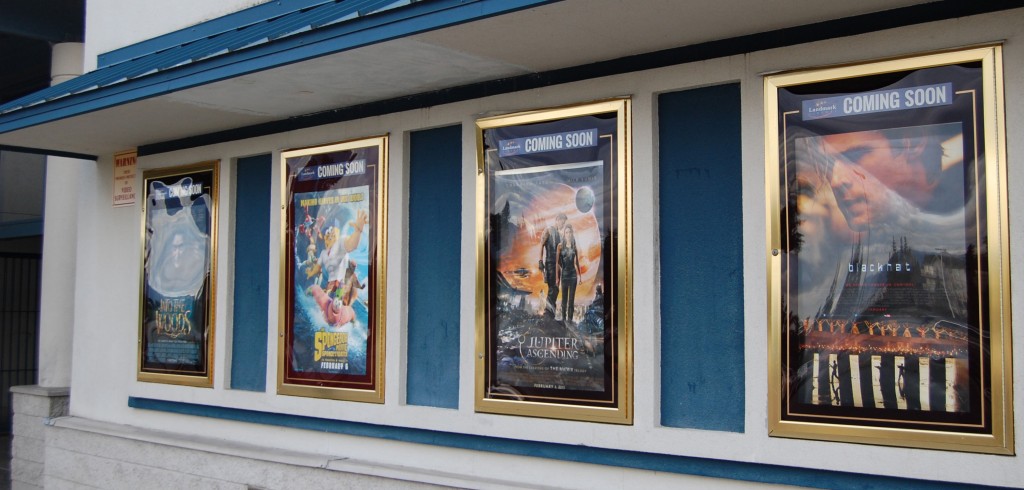
Regular visits turned it into something familiar though: the roof-frame over the ticket-buying booth outside would sometimes shelter birds, whose chirps could be heard during pockets of silence in Auditorium 1; the lobby, unlike other theatres, did not pump top-40 into the echoey reaches of the ceiling, giving the place an unhurried atmosphere; and despite its reputation, the floor was not sticky, the seats were not punishing, and the staff responded to projection problems.
Over the years, many students found that the Towne still lived like before on Tuesdays, when tickets were $2 — down from the regular $6.95. Lineups would hug the side of the building, whatever animated movie was showing would sell out early, and crowds would, like theatres are supposed to, make even average comedies and horrors alike more lively. By removing the price barrier to seeing movies, the Towne saw families, large groups of friends, birthday parties, and students become its best customers. The early-2012 switch from film to digital (the last film screening I saw: The Grey, with Liam Neeson, exhausted by the snow and wind, accompanied by the ghostly click and whir of the projector) meant the Towne was also at par, picture-quality-wise, with its competitors in Mission and Chilliwack, but then 2013 brought the construction and opening of the new mall theatre in Abbotsford, with its claims of more food, more money, and larger screen size. It also claimed, more significantly, the rights to who showed first-run movies in the city. With two theatres in the same competition zone, the newer, higher-priced Cineplex building got first choice, turning the Towne into a second-run theatre, like the Grand before it.
This was, however, the best thing to happen for movies in Abbotsford in some time: it nearly doubled the amount of choices playing in the city, from nine to 17 (despite having 11 screens, the mall theatre only ever plays eight movies at a time), and made the Towne look to what the new theatre was not bringing in. The Towne, already not limited to Cineplex’s sometimes strange omissions (it brought The Tree of Life to Abbotsford in 2011) became the only theatre outside of Vancouver, sometimes even before Vancouver, to play Before Midnight, The Grandmaster, All Is Lost, Snowpiercer, The One I Love, Selma, and Foxcatcher, among others. As a last-ditch attempt, all ticket prices became $3 during the day and $4 at night. The theatre’s name was changed to Encore Abbotsford to reflect its second-run status, though no new signs ever arrived, and people would have still called it the Towne anyway. When the Cineplex Abbotsford theatre opened, Landmark guaranteed the Towne would not close for the next year. That promise elapsed.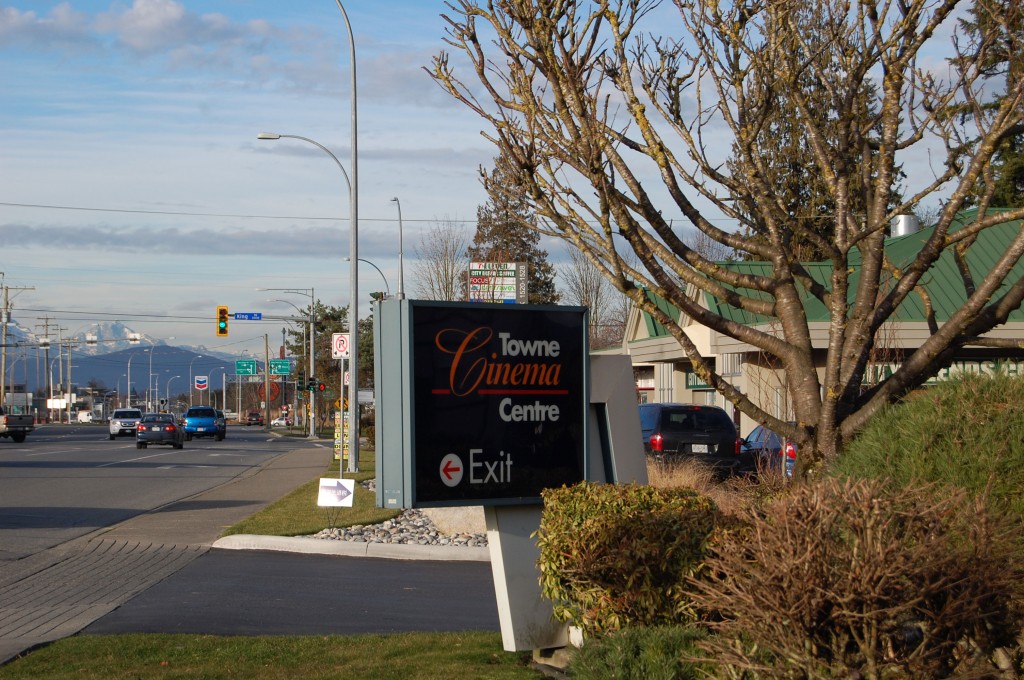
UFV does not have a film program or a film club, but that does not mean there is no film culture on campus. In the past, screenings for film classes were advertised in The Cascade, open to all students. Some student groups have done regular events: history students managed some for a semester, there is currently a Spanish-language series that holds screenings in B101, and this past week both the psychology and international student associations showed their own movie selections. In the library stacks, there’s usually an equal number of students actually studying, texting friends, and streaming a movie or TV episode. Universities have historically been a place where people can come together to create film societies — before the days of home video, college dorms and university halls were one of the few places you could count on seeing a 16mm dupe of a movie long out of theatre circulation.
Between the university’s library and the FVRL system (which acquires just about every new release DVD, from To the Wonder to Dumb and Dumber To), there is no problem of availability (or, as in Netflix’s case, the possibility of expiration or pan-and-scan-like cropping); just a lack of a place where a film community could come together. With plans for the development of the land and businesses around UFV seemingly on the horizon, there is the possibility more residences will someday come with that, more students exchanging ideas around campus, and maybe demand for a campus film presence, either through an actual theatre, or organized screenings. In Kitchener, Ontario, despite the idea that theatres will be slowly overtaken by streaming movies, a new single-screen theatre has opened, with students at the nearby Wilfred-Laurier University in mind. The Cord interviewed Andy Willick, one of the owners, who is aware of how theatres are now only one way out of many people might encounter films. So why try to start another one? While watching a film can be essentially a solitary, private experience, it is perhaps only when we come into contact with others through film that the real potential of seeing them (and creating memories) happens. “You can’t ever replace [the experience] — that doesn’t go away,” Willick said.

